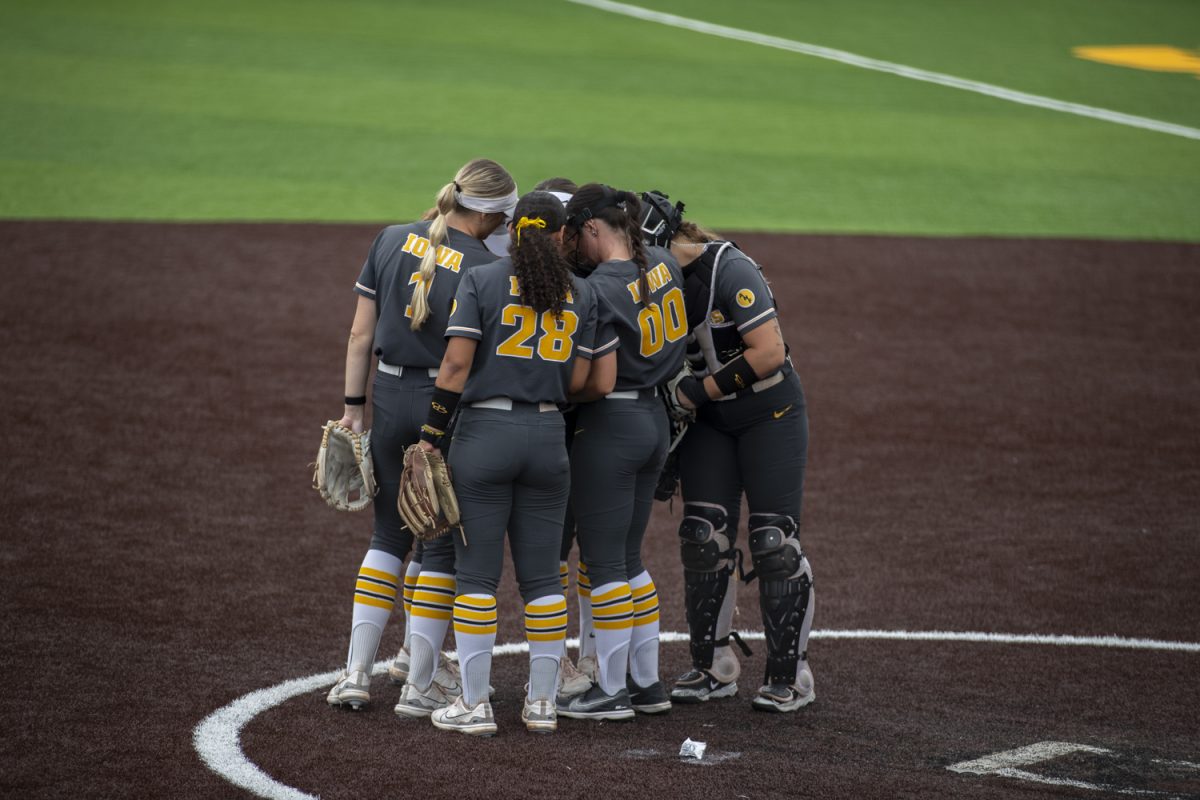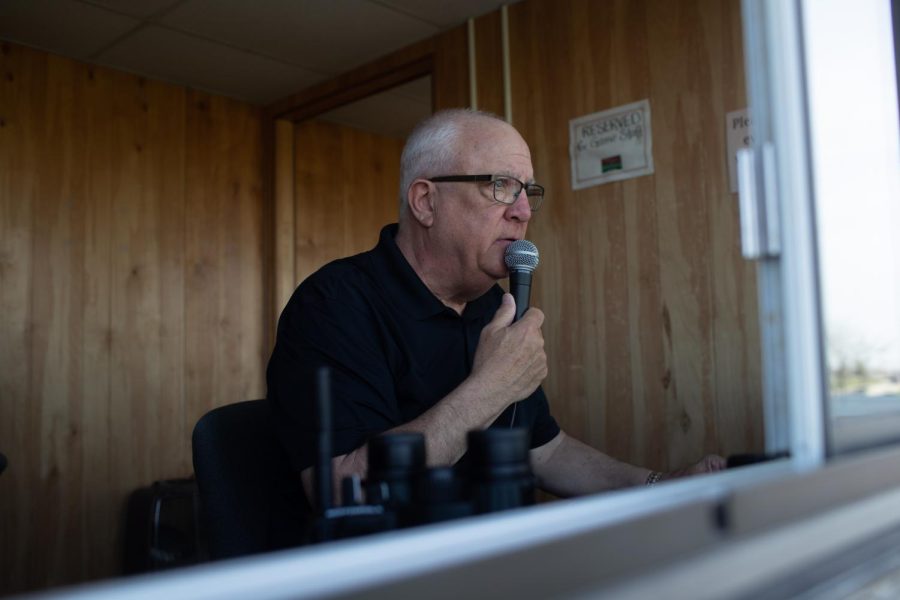Women are not nearly as well represented as men in intramural sports at Iowa. In fact, there is nearly a 13:1 ratio of the number of intramural men’s basketball teams compared with the number of women’s teams.
And the ratio is getting worse. The number of women’s basketball teams dropped nearly 50 percent in one year, from 14 in 2011-12 to eight in 2012-13.
In order to increase female participation, the intramural program is conducting surveys in the form of focus groups.
The program completed two sessions last spring. One group consisted of female students who participate in intramural sports, and the other group consisted of female students who do not.
Officials asked questions about what could be done to improve the program and increase female participation. Recreational Services also sent a survey in the form of emails to all female students at the university asking if they do or do not participate.
“We asked them a bunch of questions to just kind of get some feedback on what may be hindering their desire to play intramural sports and things like that,” Intramural Sports Assistant Director Tommy Schorer said. “It’s definitely provided us with some feedback that we can definitely use.”
Schorer and the rest of the program learned from the focus groups that most students think of intramural sports as activities for men, not women. They also learned that a lot of female students are unaware that the program even includes women’s leagues.
With these results, program officials said, they’re increasing efforts to reach out to the female population.
Intramurals has tried various marketing methods, including sending fliers to Cambus and residence halls and postings at every Recreational Services facility.
But, Schorer said, there is a limit to what the department can do.
“When thinking about marketing initiatives, the first factor we have to consider is budget,” he said. “We are not unlimited in our funding. So, we have to determine what is the best use of our funding.
In addition, our marketing department is for the entire Recreational Services program, not just intramural sports. Our marketing staff does an outstanding job, but it services the entire department and not just one program area.”
Abbie Crouse, a sophomore intramural participant, said she believes the organization could benefit from more effective promotion strategies.
“They promoted a lot at the Field House, but girls don’t go to the Field House as much as guys do, so putting it in places where girls go [would help],” Crouse said. “I didn’t know where to go and how to sign up for it, or who to contact for it, so I don’t think it’s promoted as well as it should be and can be.”
Second-year physical-therapy graduate student Kristin Iehl said she feels the women themselves are part of the problem.
“I think a big part of it is that the guys seek it out, and the girls don’t,” she said.
Some students cited the competition level in intramural women’s basketball as a possible reason for the low numbers.
“[Women] look for intramurals more for fun, not for the competition,” Crouse said. “They think the main focus is winning, and that’s not really what they’re focused on.”
Intramurals do support competition, but it is not the central focus. Crouse and twin sister Chelsie Crouse — who also is an intramural participant — said they feel that separating those who want to play competitively and those who do not could be a way to increase participation.
“If they had a competitive league and then they had more of a recreation league, that might help it, too,” Chelsie Crouse said.
The program has included coed leagues for women and men to play together for the past 10 years. Some students said they feel the coed leagues offer a more laid-back environment.
“I think for girls, it might be easier if they start into a coed, not on a competitive team,” Chelsie Crouse said.
Along with a less competitive and more enjoyable environment, some coed intramurals incorporate incentives for including women on the team.
“For flag football, for example, if you utilize the girls, you score more points,” Iehl said. “If there is a girl quarterback, they can run the ball — guys cannot. There are rules to make it, quote, unquote, easier for girls, and I think that girls tend to appreciate that when they have a bit of a disadvantage just in physical abilities.”
Sarah Eikleberry, who recently earned a Ph.D. in health and sport studies, is working to publish her dissertation, “More than Milk and Cookies: A Cultural Analysis of the Women’s Play Day.” It focuses on the sports experiences of women and high-school girls from the 1920s up until the early 1970s.
“There are little indicators when you approach a physical activity space or you’re considering entering a physical-activity culture that may or may not dissuade you,” Eikleberry said. “So really kind of overly sexist or masculine or homophobic team names is a way that limits participation, because it scares people off.”
Some of the more flamboyant names include “Premature Shooters,” “The Pistols,” and “Team Ramrod.”
Intramural officials are continuing to work on closing the gap between male and female participation, and they have plans for their summer efforts.
“We’re looking forward to over the summer determining some more ways that we can do better with our marketing and use some more of these ideas to reach female potential participants,” Schorer said. “We plan to send the same survey out again to see if anything has changed, or to see if we’re still getting some of the same feedback and things like that, and go from there.”






